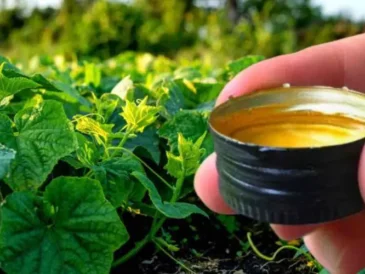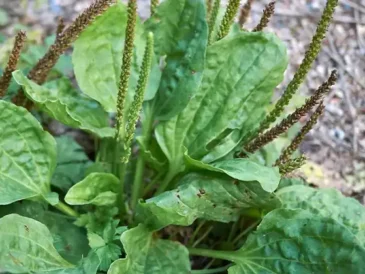Orchids, celebrated for their breathtaking beauty and grace, can be quite delicate and need specific care to thrive. If you’re passionate about orchids, you understand how distressing it can be to see your cherished plant struggling. To ensure your orchid’s health and longevity, it’s essential to be vigilant about any signs of distress. Here are three critical indicators you should never overlook if you want to prevent your orchid from perishing.
- Unusual Leaf Discoloration:
The color of an orchid’s leaves can reveal a lot about its overall health. Significant changes in leaf color can be early warning signs of trouble. For example, yellowing or browning leaves might signal nutrient deficiencies, overwatering, or excessive exposure to direct sunlight. Conversely, excessively dark green leaves could indicate insufficient light or poor chlorophyll production. Regularly inspect your orchid for any unusual leaf discoloration and address the issues promptly. Adjusting light exposure, improving your watering routine, or providing the right fertilizer can help restore your orchid’s health.
- Stunted or Damaged Growth:
Orchids generally exhibit vigorous growth under optimal conditions. If you notice stunted or abnormal growth, it’s a clear sign something is wrong. This may appear as a lack of new growth, smaller flowers, or deformed leaves. Common causes of stunted growth include root problems like rot or damage, which can result from overwatering, poor drainage, or pests. Carefully examine the root system and repot the orchid if needed, ensuring it has a suitable growing medium and proper drainage.
Read the rest in the next page



